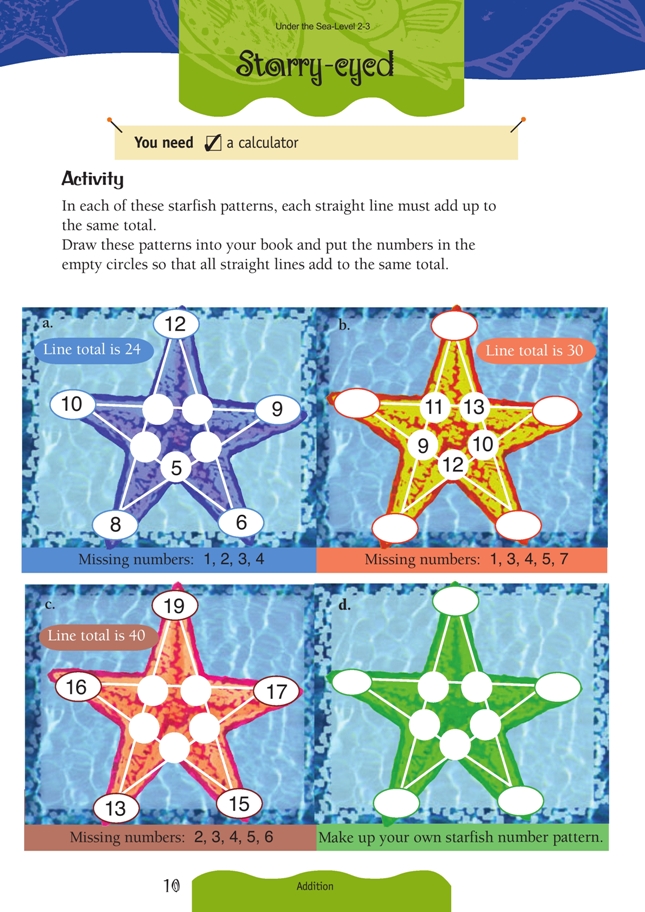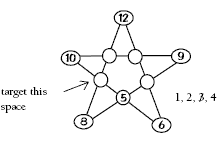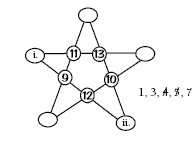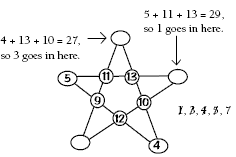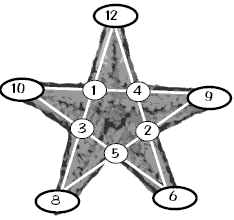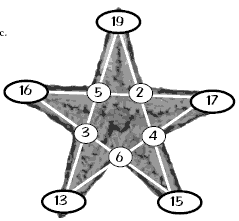This is a level 2 number activity from the Figure It Out theme series.
A PDF of the student activity is included.
Click on the image to enlarge it. Click again to close. Download PDF (292 KB)
solve problems using addition strategies
A calculator
Usually in number problems like this, all the spaces are left blank and you are given a list of the numbers to place. This makes it difficult to complete the number patterns. The problems on this page are more accessible for students because they have been given some line and some positional numbers.
These problems help students to develop systematic thinking. Consider this process for solving problem a:
Since 6 + 5 + + 10 = 24, the number must be 3.
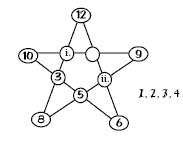
For i., 8 + 3 + + 12 = 24, and so = 1, and for ii., 8 + 5 + + 9 = 24,
and so = 2.
This leaves 4 to go in the remaining space.
Similar reasoning can be used for problem b:
9 + 12 = 21, so the two numbers for spaces i. and ii. must add to 9. Only 4 and 5 do that.
The numbers for the other spaces can be found using the line total.
The side totals of the inside pentagon tell you what each pair of outside numbers must add to.
Another way for students to solve these problems is to write the missing numbers on small pieces of paper or card and put them in different circles to find what works. This trial and error process is cumbersome, but it can be effective. It also provides lots of mental computation practice.
Answers to Activity
a.
b.
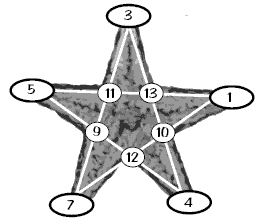
d. Answers will vary.
